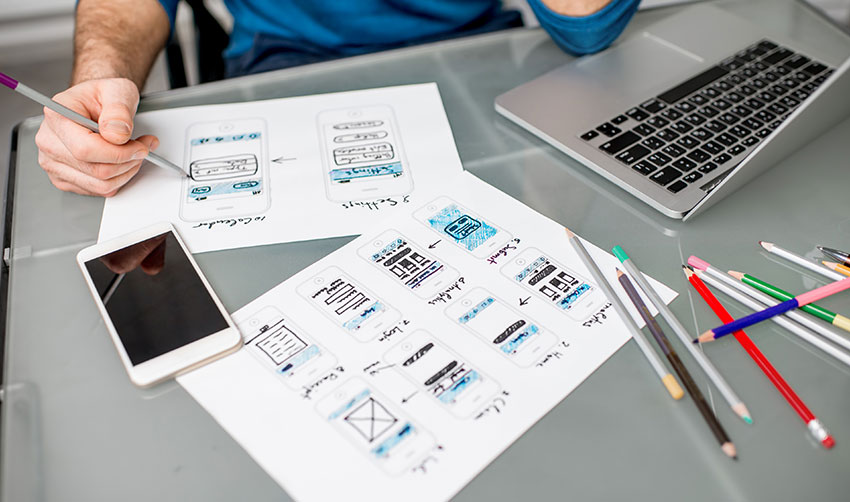
Recent research shows that almost 80% of mobile users have made a purchase on their devices. While most businesses are taking note and optimizing their web presence for mobile, many are still struggling to make the transition from desktop to a good mobile experience.
If your e-commerce site is not yet mobile-friendly, now is the time to make it so. Even if it is, you may still have room to improve your visibility and optimize. Here are a few ways you can make mobile shopping more accessible — and more enjoyable — for your customers.
Fast Page-Load Times
Nothing impacts your website conversions more than slow loading speed. If your site takes a long time to load, consumers will look for alternatives. Ideally, your site should load within 1 to 2 seconds.
Here are some suggestions for improving page speed:
Optimize images
Use a caching plug-in
Reduce the amount of content
Implement AMP protocols, which ensure your website is consistently fast, attractive, and responsive across all platforms and devices
Intuitive Checkout Process
The last thing you want your e-commerce site to do is to discourage consumers from making a purchase, so the user journey should be as seamless and intuitive as possible. Your content should be concise, your buttons clear and bold, and your forms easy to fill out, keeping in mind that mobile devices have smaller screens than desktops. If pages are continuously reformatting or forms are too small or complex to complete, consumers will go elsewhere in a hurry.
Optimized Images and Videos
Images and videos encourage engagement and help consumers better understand your products, but if they’re too big, they can affect page speed or how the page content is displayed. If the files are extremely large, they may not load at all. -play.
Concise, Clear Content
High-quality content provides important information about your products or services and is crucial for SEO. But it shouldn’t be too heavy or difficult to read on mobile devices; consumers should be able to skim the copy easily. Also, watch for issues like unnecessary space or big gaps between words.
Attractive, Responsive Design
Your site may look great on a desktop, but part of the design or copy may be cut off or CTAs may be hard to tap on mobile. Some e-commerce platforms take this into consideration, but if you have difficulties with your platform, it's best to work with a web designer who understands usability and mobile-first design.
User-Friendly Navigation
Consumers need to be able to move around your site quickly and easily, but navigational features in a mobile design have some limitations. Everything that’s available on your desktop site may not fit in a mobile view. Prioritize and make sure the most important pages in the user journey are accessible, clickable, and easy to find.
Streamlined Experience
Pop-ups, ads, and opt-ins create a bad user experience, and Google is less likely to elevate sites that feature these kinds of invasive elements. One option on mobile is to integrate related deals as break points in the experience. For example, on a product page that lists dairy products, you might show milk and butter, then break with a deal, then follow with ice cream and yogurt. But be sure the deals match the style of the page, so the flow isn’t abruptly interrupted.
Contact Us
Ready to achieve your vision? We're here to help.
We'd love to start a conversation. Fill out the form and we'll connect you with the right person.
Searching for a new career?
View job openings

